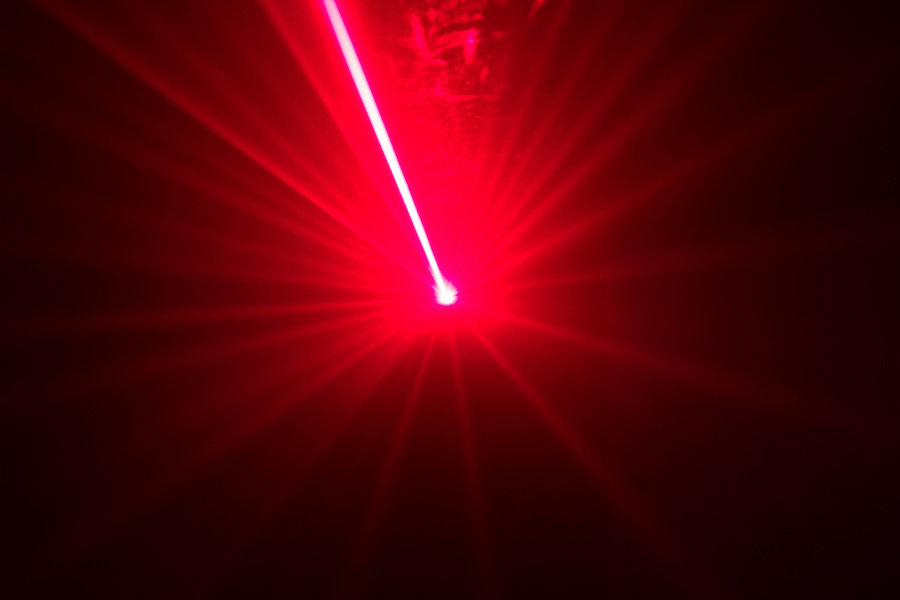
A new way of diagnosing and treating disease without cutting skin
Researchers have developed a specialized microscope that has the potential ability to both diagnose diseases that include skin cancer and perform incredibly precise surgery all without cutting skin.
The technology allows to scan tissue quickly, and when we see a suspicious or abnormal cell structure, we can perform ultra-precise surgery and selectively treat the unwanted or diseased structure within the tissue without cutting into the skin," said Huang.
The device is a specialized type of multiphoton excitation microscope that allows imaging of living tissue up to about one millimeter in depth using an ultrafast infrared laser beam. It's capable to digitally scanning living tissue, and also treating the tissue by intensifying the heat produced by the laser.
When applied to treating diseases of the skin, the microscope allows medical professionals to pinpoint the exact location of the abnormality, diagnose it and treat it instantly. It could be used to treat any structure of the body that is reached by light and that requires extremely precise treatment, including nerves or blood vessels in the skin, eye, brain or other vital structures.
It can alter the pathway of blood vessels without impacting any of the surrounding vessels or tissues and for diagnosing and scanning diseases like skin cancer, this could be revolutionary.
We wanted to be able to identify what was happening under the skin from many different angles and to have the capability of imaging different body sites," said Zeng, professor at UBC and with BC Cancer.
"Once we achieved that, we wondered whether we could transform this diagnostic device into a treatment device by simply turning up the power of the laser."
Exploration includes research into the development of a miniature version that could be used to perform microscopic examinations and treatment during endoscopy -- a non-surgical procedure used to examine a person's digestive tract using an endoscope, a flexible tube with a light and camera attached to it.
 English
English Arabic
Arabic


